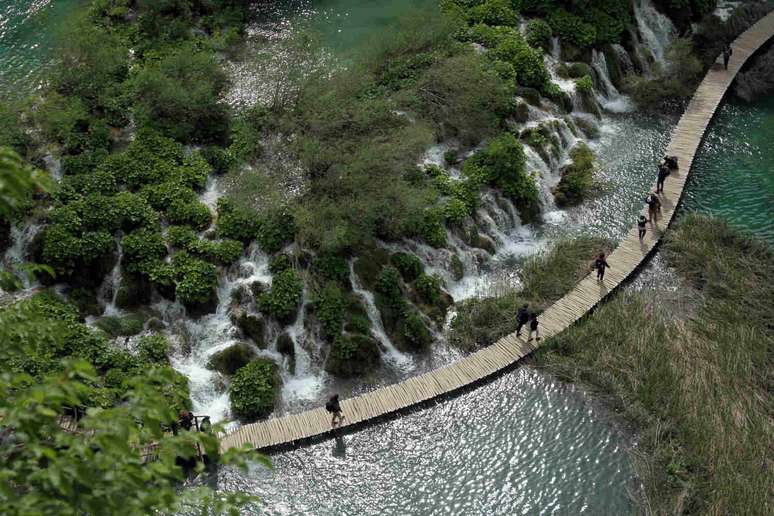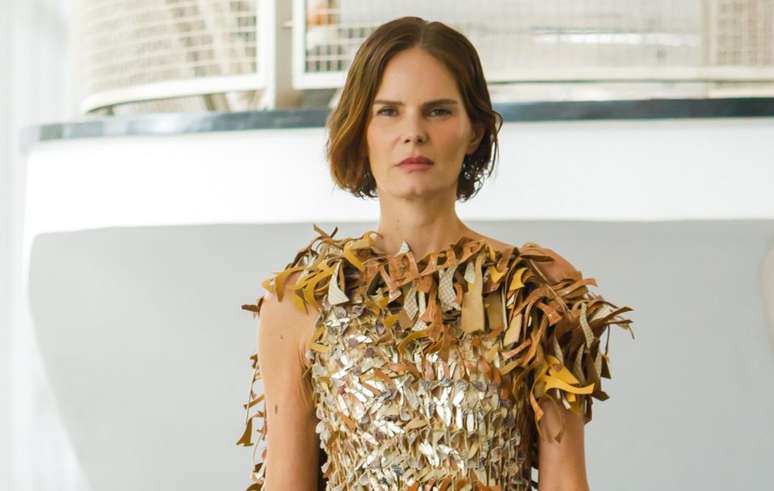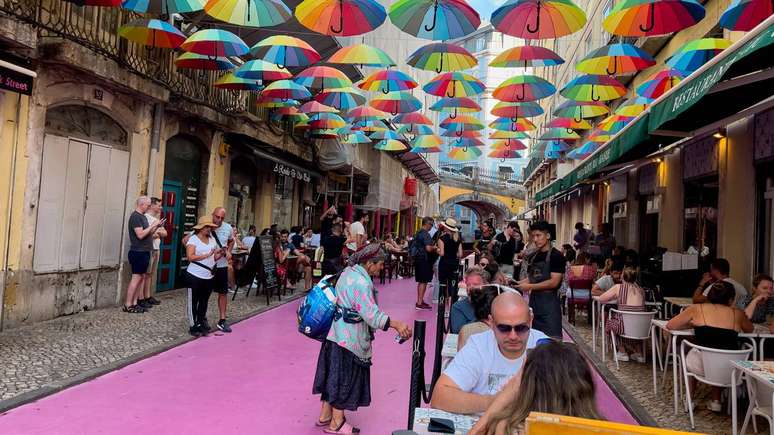There are 16 lakes connected by waterfalls of all sizes […]
This could be another one of those trips through Europe with visits to famous attractions that, even those who don’t know them, already know them by heart.
It might, but it won’t.
After all, just because you’re on the Old Continent doesn’t mean your itinerary has to be the same as everyone else’s.
To the Plitvice Lakes National Park, in Croatia, near the border with Bosnia, everything we see is neither within our field of vision nor that of the camera. Everywhere you look, there is a waterfall.
It’s monumental, it’s over-the-top, and it’s fabulous.
Declared a World Heritage Site by UNESCO, the Plitvička jezera national parkthe original name in Croatian, it is the first and largest national park in this Eastern European country.
WATCH WEB HISTORY
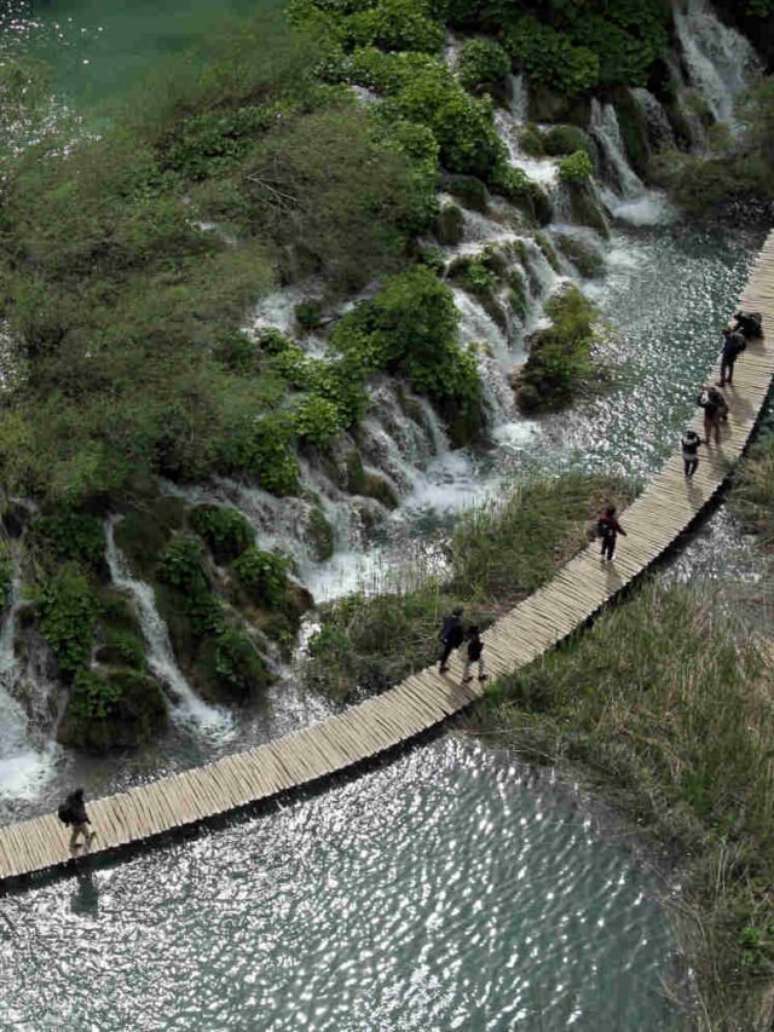
It’s like walking on an immense green carpet cut out by natural steps where waterfalls of all sizes flow. They look like one, divided into streams, but there are dozens of them, falling into the Korana River, at different levels.
The place is known for the sequence of 16 lakes connected by waterfalls, where visitors walk on wooden walkways that cross the lakes, take rides on trains at different levels of the park and can take small boats that make short trips between one bank and the other one.
The highlight is Veliki Slap (“Great Waterfall,” in Portuguese), a 78-meter-high waterfall, considered the largest in Croatia.
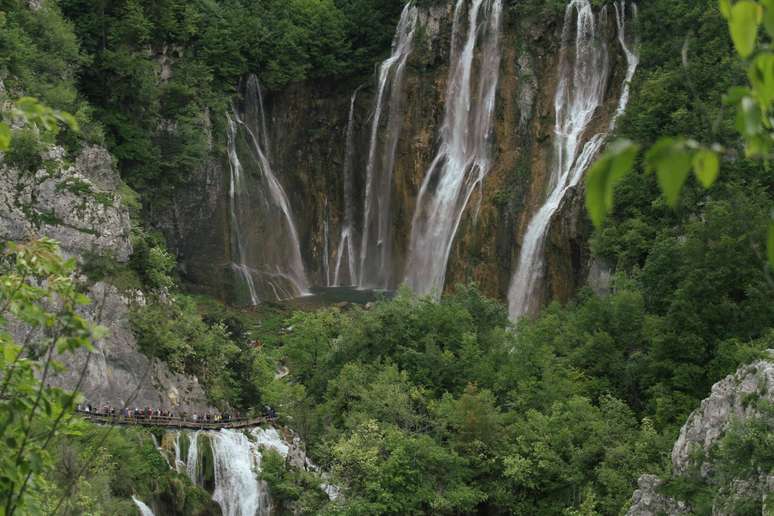
With seven different routes around the lakes and four trails for hikingPlitvice (“shallow waters”, in Portuguese) is one of the most evocative scenarios in Europe, whose delicate ancient formation occurred due to the insistence of the waters which still shape the abundant local travertine today, a porous rock that has given origin to these lakes in constant geological formation.
The tones of its lakes are also the result of a natural process that occurs with the release of gases from growing and decomposing algae that react with the water, guaranteeing colors that we do not know whether they are bluish, greenish or tourmaline.
The only bad news is that, due to the fragility of this ecosystem, swimming in its lakes and waterfalls is not allowed.
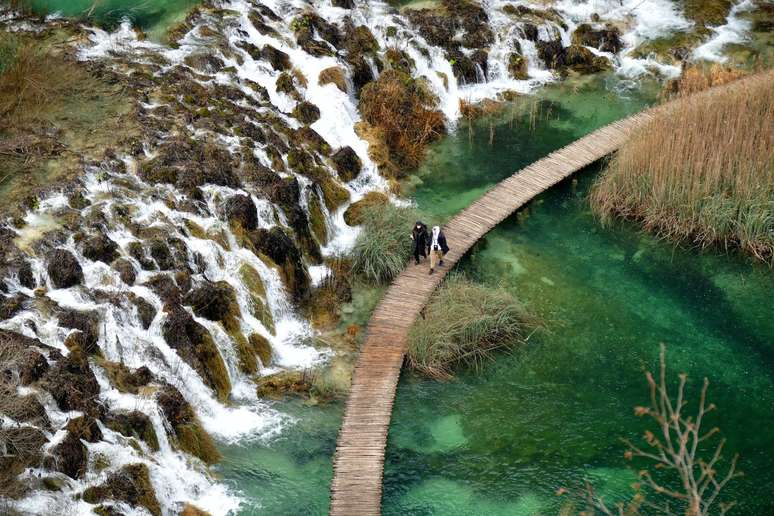
Well beyond the falls
Plitvice, however, goes beyond its ancient lakes.
Another obligatory stop inside the park, which goes unnoticed by many visitors, is Supljara (“hollow cave”, in Portuguese), a formation with a vertical entrance, whose flow of water has caused the collapse of its structure, giving rise with three communicating rooms.
To access this cave at a constant 10.5 °C, a stone staircase leads to internal rooms, with access both at lake level and via a viewpoint in the upper sector of the park.
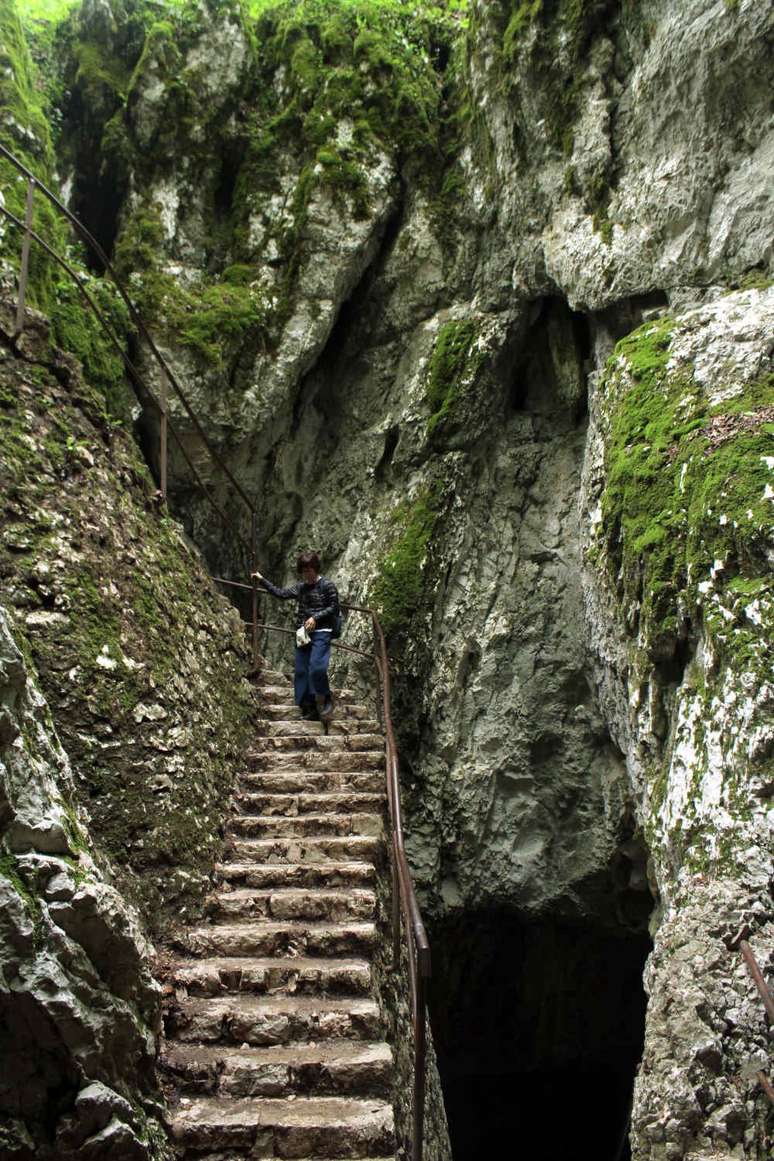
The local fauna is shy and is rarely seen. But it is there, present and invisible.
Plitvice is home to brown bears, lynxes and wolves, considered some of the largest carnivores in Europe.
These still uncontaminated lands, whose lake frequenting sectors represent only 1% of a total surface area of just under 300 km² in length, provide us with the backdrop to imagine unexpected encounters with the animals that live in the region, where 2/3 of the national park They are forests.
The lively Adriatic Sea with its turquoise waters and sailing boat trips it is only 54 kilometers away, but this is a story for another chapter of those fairy tales that are usually told in Croatian lands.
I WAIT VIDEO
Source: Terra
Ben Stock is a lifestyle journalist and author at Gossipify. He writes about topics such as health, wellness, travel, food and home decor. He provides practical advice and inspiration to improve well-being, keeps readers up to date with latest lifestyle news and trends, known for his engaging writing style, in-depth analysis and unique perspectives.

